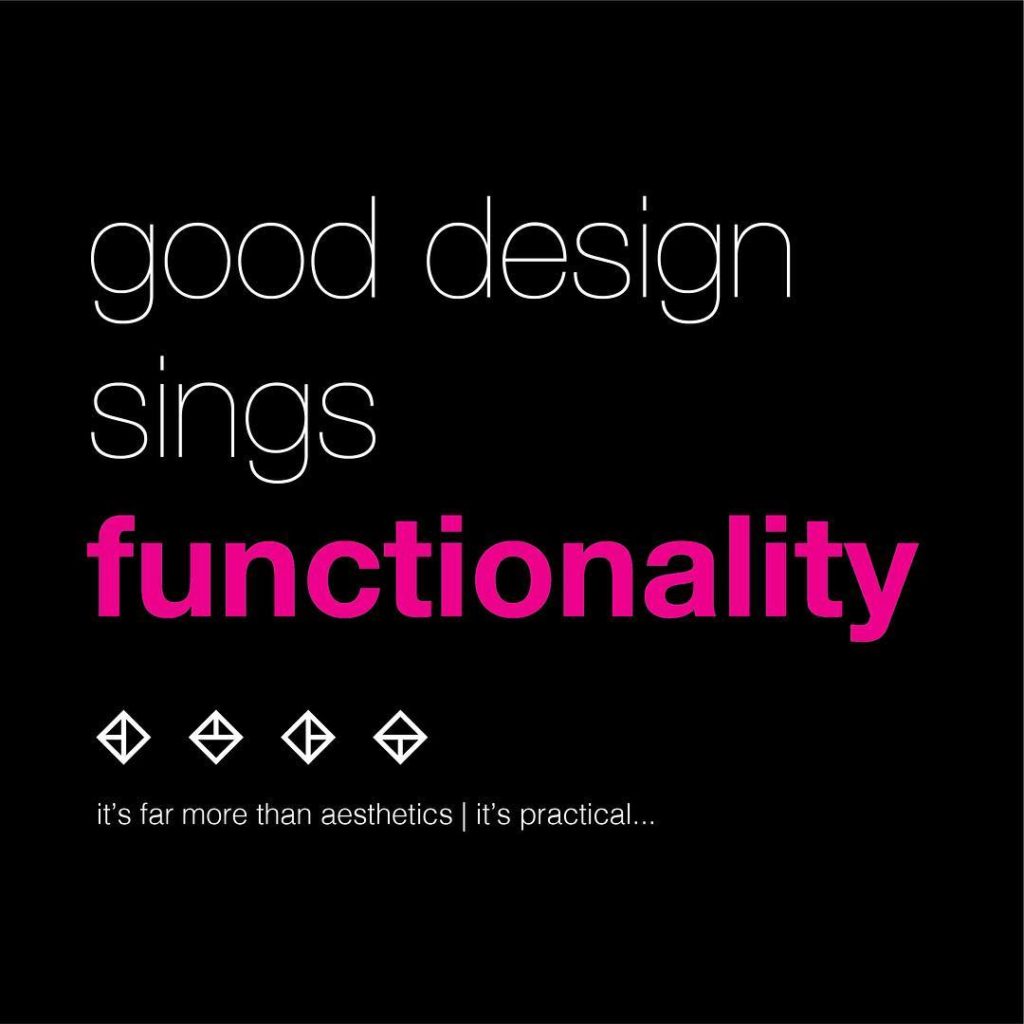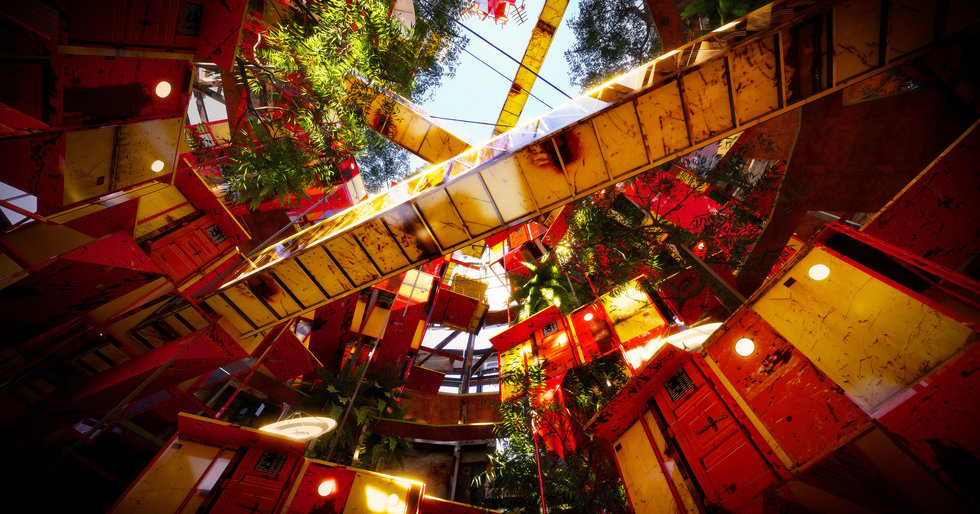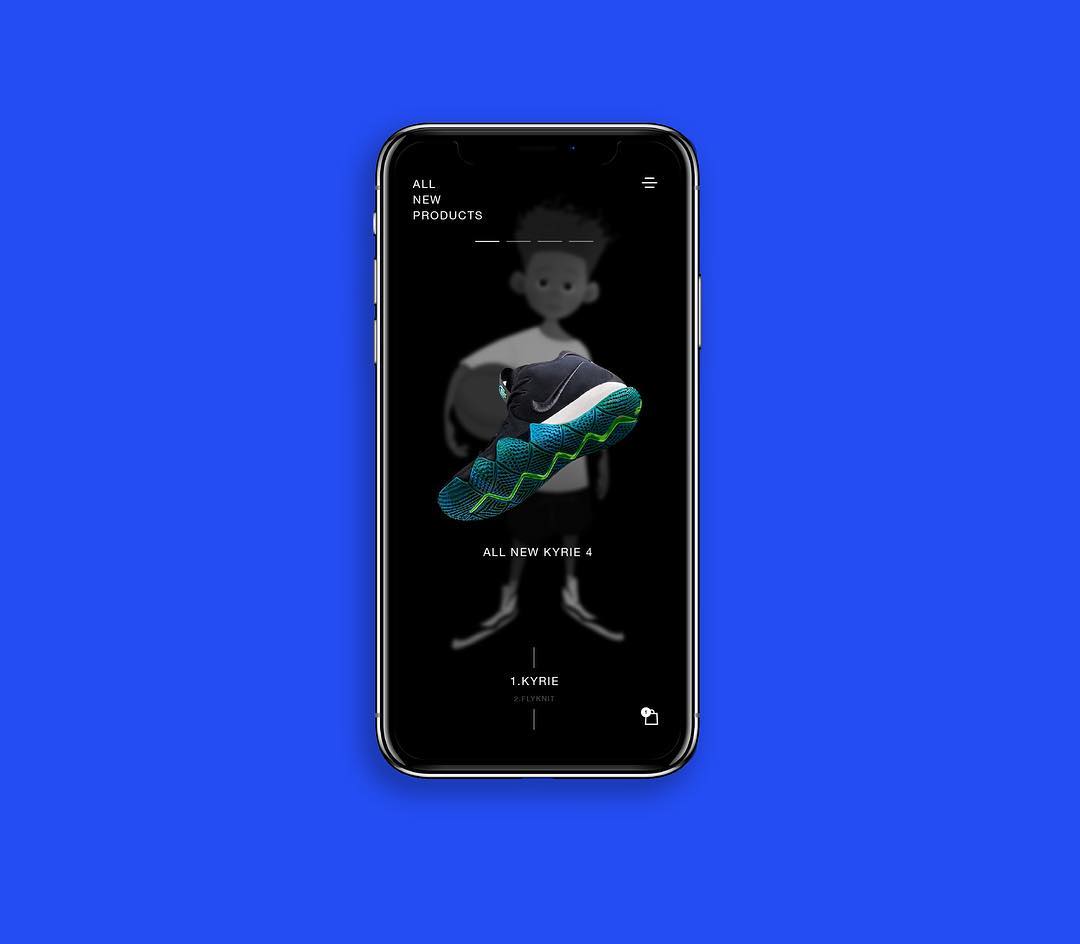Ever opened a website, an app or any digital interface for that matter and thought: “Dayuummm!” “This looks sweet, happy, exciting, warm”? Or the colours and layout just bring the word ‘beautiful’ to mind and leave you with the elite feeling of having experienced [very] fine art? Despite solid arguments against considering User Interface (UI) and User experience (UX) design as art, the visual appeal and sheer creativity of some digital products say otherwise. Also curious is the fact that artists now employ technology in innovative ways to create a better experience for their audience.
Digital Products depend heavily on UI/UX designers to perfect delivery to end users. It is left to these designers to tie the functionality of the products to the user experience. This includes an aesthetic appeal. The colours, shapes and other visual elements employed by these designers demonstrate an interaction of fine arts and technology that is difficult to shove aside.
Malthe Luda writes that UI/UX designers are problem solvers and not creators of art. “Design has a clear focus on users, audiences and KPIs. Whereas art is driven by emotions, feelings, statements and discussions.” It is not important to dwell on the differences. What makes for interesting conversation, however, is the interaction.
Joe, Product Designer at Big Cabal Media, whose major work is around UI and UX design does not consider himself a visual artist in the strict sense of the word, as it relates to his UI/UX work but he appreciates the elements of fine art that go into his designs. He differentiates visual arts from UI design because “UI is objective and the end product is determined by several factors including KPIs while fine art is subjective and the artist is uninhibited by business concerns in her expression.”

Following from Joe’s statement that KPI’s determine the end product of UI/UX design, he also states the other considerations that go into design. He explains that what the client seeks to achieve with the product is the biggest consideration. Some of the typical questions that Joe asks his clients at the outset is- What problem they are trying to solve? Are they trying to get more visibility or just trying to update a dated portfolio?
Sometimes Joe is limited by the audience’s access to technology. For example, he, as a product designer works with high-end devices that have a retina display. There are features he incorporates in his work that some of his audience who use devices with low resolutions cannot appreciate. Interestingly, medium and tools of expression can be an artist problem too, though the dynamics differ.
Artists often feel limited when it comes to their medium of expression and this often leads them to explore other new media. One such example is the use of digital technology by artists such as Bolatito Aderemi-Ibitola’s “Scraps from Mama’s Floor” that was announced the winner of the ART X Prize with Access 2018. ‘Scraps From Mama’s Floor’ was a multi-sensory and multimedia project that includes scenes from Balogun market in Lagos Nigeria and scraps of Ankara fabric. The installation includes cameras that capture images of the viewer and instantly incorporates them into the work- so you see yourself in the artwork. This does seem like an idea to wrap a tech innovation around if one doesn’t exist already.
Also, Virtual Reality (VR) has become a medium for artists to project their creativity. Olalekan Jeyifous and Wale Lawal created and exhibited at this year’s ArtX Lagos a virtual reality installation, Mad Horse City, which explores a futuristic imagination of Lagos in the year 2115. Here, fine art uses tech to give the audience an experiential feel.

Olalekan is the tech guy of the ‘Mad Horse City’ duo and his about page says he has a bachelor’s degree in Architecture from Cornell University “where his primary focus was experimenting with the application of various computer software in the creation of art, design and architecture”. See the interaction and how the lines have seriously blurred? VR, as an artistic tool, can also help improve user experience and use of this technology promises exciting use cases in technology, either for e-commerce or content delivery. Amazon’s VR kiosks, for instance, allow vendors to create immersive shopping experiences for prospective buyers.
With technology helping art audiences experience art in more immersive ways, and art improving the ways that tech products are delivered to end users, the lines between fine art and tech may cease to exist and one cannot but anticipate what the future holds for this romance between fine art and technology.











